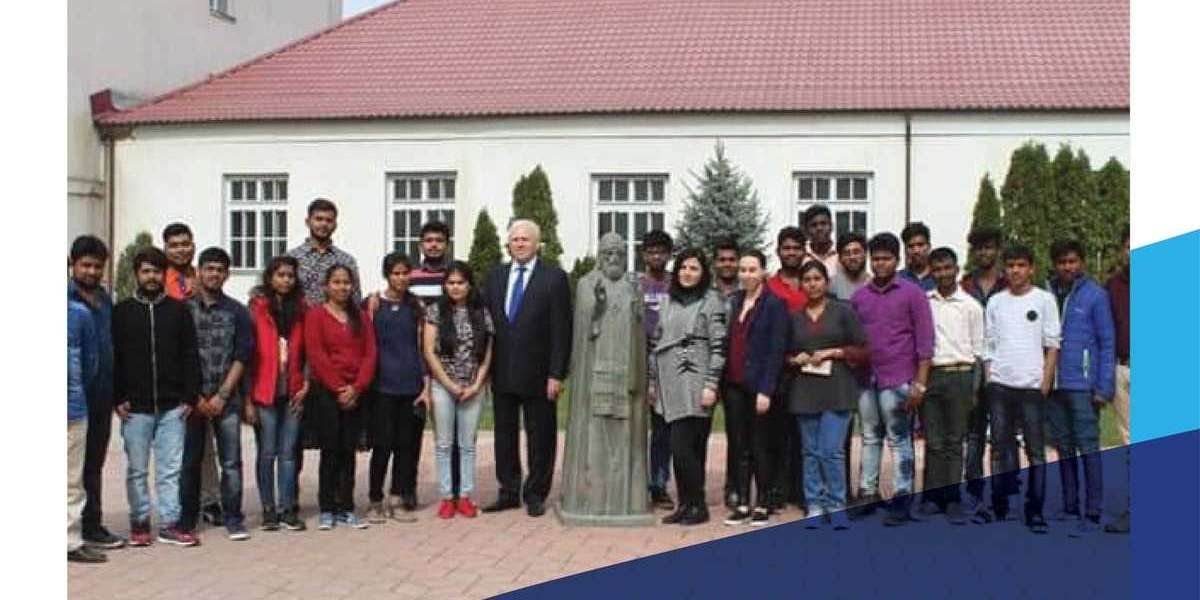The Expanding Arena of Multiple Myeloma Treatments
The treatment options available for multiple myeloma have evolved remarkably, driven by advancements in medical research and a better understanding of the disease. Several key treatment classes have emerged, including:
- Proteasome Inhibitors: Essential for disrupting protein degradation pathways within cancer cells, these drugs have become a staple in multiple myeloma management. Examples include bortezomib and carfilzomib, which have demonstrated effectiveness in improving survival rates.
- Immunomodulatory Drugs (IMiDs): These agents, such as lenalidomide and pomalidomide, work by enhancing the immune system's ability to target malignant cells and have been integral to many treatment regimens.
- Monoclonal Antibodies: Targeting specific proteins on myeloma cells, drugs like daratumumab and elotuzumab have significantly improved patient outcomes, setting new standards in treatment protocols.
- CAR-T Cell Therapies: The introduction of CAR-T cell therapies represents a significant advancement in the treatment of relapsed or refractory cases. These therapies modify a patient’s T cells to better attack cancer cells, offering hope where traditional therapies may fail.
As this landscape continues to evolve, BMS and Janssen are strategically positioned to shape the future of multiple myeloma treatments.
Bristol Myers Squibb: Innovating for a Brighter Future
BMS has a rich legacy in oncology, underscored by its commitment to improving outcomes for multiple myeloma patients. The company’s leading drug, Revlimid (lenalidomide), has transformed the treatment paradigm and continues to be a cornerstone in managing the disease. BMS's forward-looking strategies include:
- Advancing CAR-T Therapies: With Abecma (idecabtagene vicleucel), BMS is leading the charge in CAR-T cell therapy. This treatment has shown exceptional results in clinical trials, offering new hope for patients who have exhausted other options.
- Exploring Combination Treatments: BMS is actively investigating combinations of existing therapies to enhance efficacy and combat treatment resistance, which remains a significant challenge in managing multiple myeloma.
- Expanding Research Collaborations: By partnering with research institutions and other pharmaceutical companies, BMS aims to accelerate the development of innovative therapies and broaden its treatment portfolio.
The company's investment in research and development ensures that it remains at the forefront of multiple myeloma treatment innovation.
Janssen Pharmaceuticals: Comprehensive Solutions for Patients
Janssen Pharmaceuticals has established itself as a key player in the multiple myeloma market, offering a comprehensive array of therapies that address various aspects of the disease. The company’s strategic strengths include:
- Pioneering Monoclonal Antibodies: With Darzalex (daratumumab), Janssen has set a new standard in the treatment of multiple myeloma. This monoclonal antibody has demonstrated substantial efficacy, resulting in improved patient survival and becoming a staple in treatment regimens.
- Introducing Oral Therapies: Ninlaro (ixazomib), an oral proteasome inhibitor, provides patients with a convenient treatment option that enhances adherence and quality of life.
- CAR-T Cell Therapy Developments: The recent approval of Carvykti (ciltacabtagene autoleucel), a CAR-T therapy targeting BCMA, reflects Janssen's commitment to innovation and its potential to reshape treatment strategies for multiple myeloma.
Janssen’s emphasis on clinical research and the integration of real-world evidence into treatment strategies position it to respond effectively to the complexities of multiple myeloma.
Competitive Analysis: Strategies, Strengths, and Future Directions
- Diversity of Product Offerings:
- BMS is concentrating on CAR-T therapies and innovative combination treatments, positioning itself as a leader in advanced therapeutic options for relapsed cases.
- Janssen, on the other hand, boasts a more diverse portfolio, including monoclonal antibodies and oral therapies that cater to a wider range of patient preferences and needs.
- Market Access and Distribution:
- BMS has made significant strides in securing market access for its therapies, but it faces stiff competition from Janssen, which benefits from a well-established distribution network and a strong market presence.
- Janssen’s extensive resources allow it to effectively reach diverse patient populations and ensure that its therapies are accessible to those in need.
- Investment in Clinical Trials:
- Both companies are heavily invested in clinical trials to expand treatment indications and improve drug efficacy. Janssen’s focus on combination therapies may provide quicker and more robust results in clinical outcomes, potentially giving it an edge in certain treatment scenarios.
Future Outlook: The Path Forward
As the decade unfolds, both BMS and Janssen are well-positioned to shape the future of multiple myeloma treatment. The outcome of their competition will depend on several critical factors, including:
- Emerging Treatment Paradigms: The continuous introduction of novel therapies and combination treatments will influence clinical preferences and treatment guidelines, affecting which company emerges as a leader in the field.
- Patient-Centric Approaches: Companies that can effectively communicate the benefits of their therapies and ensure accessibility will likely gain a competitive edge in the market.
- Regulatory Approvals and Timelines: The timely approval of new drugs and indications can significantly shift market dynamics, providing one company with a competitive advantage over the other.
Conclusion
The competition between BMS and Janssen in the multiple myeloma treatment market is intense and multifaceted, with both companies leveraging their innovative therapies and extensive pipelines to capture market share. While BMS emphasizes its advancements in CAR-T therapies and combination treatments, Janssen’s diverse product portfolio and commitment to patient-centric solutions ensure its continued relevance in this vital therapeutic area. Ultimately, the next decade will be characterized by advancements in treatment options, improved patient accessibility, and the ability of these companies to adapt to the ever-changing landscape of multiple myeloma therapy. As this rivalry continues to unfold, it will be fascinating to observe how each company navigates the complexities of the market, striving to improve patient outcomes and redefine the treatment landscape for multiple myeloma














